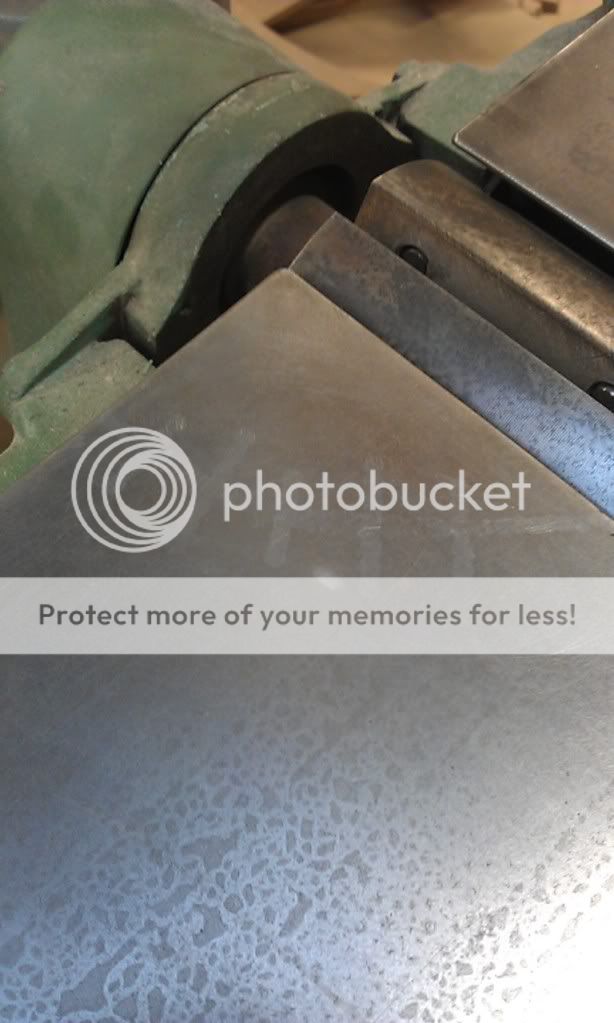Today a large length of oak I was thicknessing fell onto my wadkin BOAS. It must have hit the fence, which dug into the cutter block and everything came to a very sudden stop. Most importantly no-one was hurt, but... a large lump of the cutter block with the blade still attached has sheared off, the edge of the feed in table has disintegrated, and a lug underneath holding the rise and fall mechanism, sheared off, and part of the casting holding the fence arm has sheared also. Everything else seems ok, and the motor ran ok when I checked it.
Has anyone any ideas about the possibility of welding the cast iron lugs back on, and would it be possible to rebuild the edge of the infeed table? Then the next thing is to source another cutter block.
Any advice/ help would be greatly appreciated!
Forgot to add my name! still in shock!
Jo
Has anyone any ideas about the possibility of welding the cast iron lugs back on, and would it be possible to rebuild the edge of the infeed table? Then the next thing is to source another cutter block.
Any advice/ help would be greatly appreciated!
Forgot to add my name! still in shock!
Jo







































